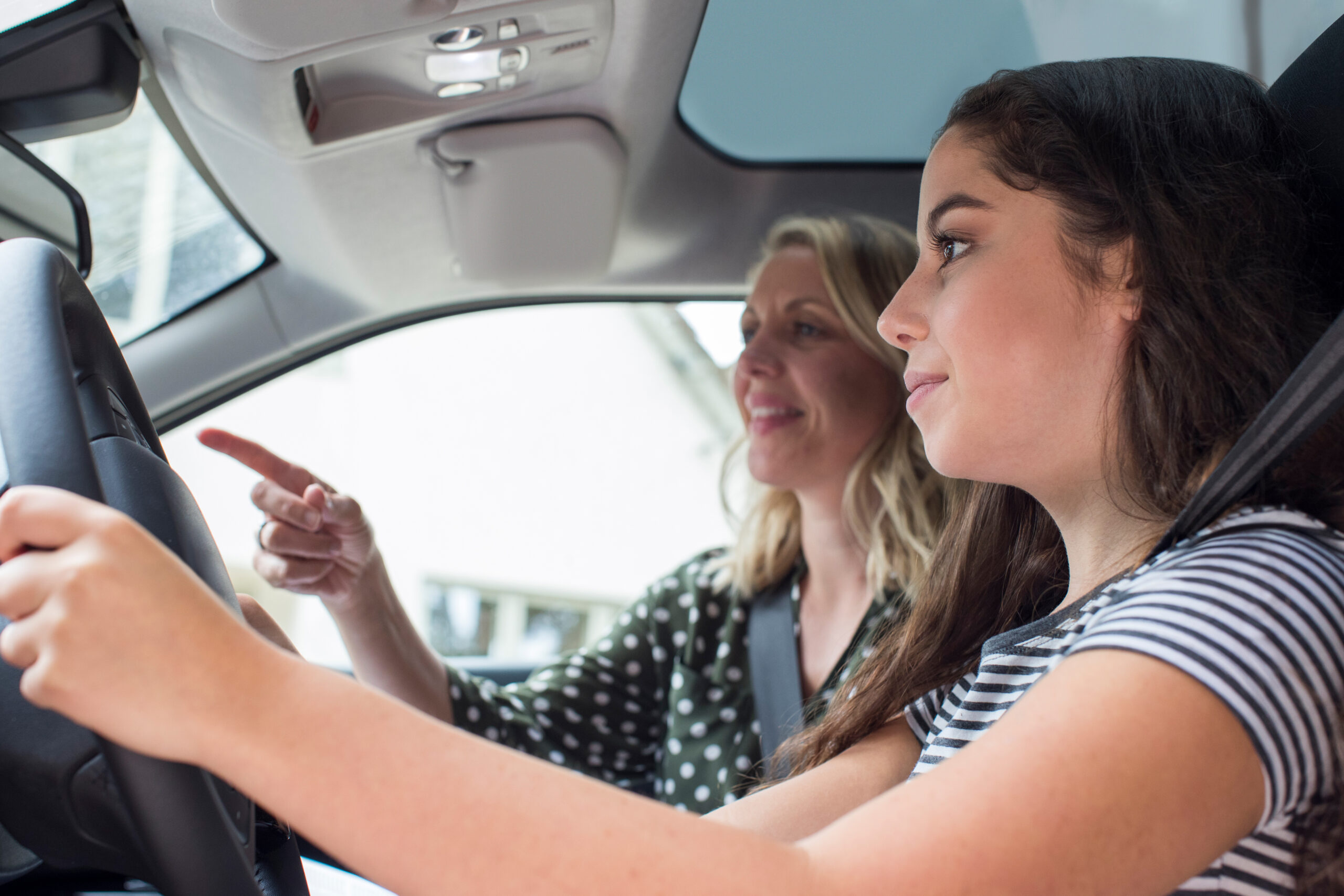We are not destined to repeat our past driving experiences with our new drivers.
When I think back to my own learning-to-drive experience, I feel the same anxious feeling as if I was behind that steering wheel for the first time. I had just turned 16 years old, procured my learners permit and the driving world was my oyster. But I also I had to prove my newfound freedom under the critical and watchful eye of my father. Many tears and hard feelings later, I did gain my driving independence, but it was a stressful experience for both me and my dad.
Years later I have had to take the passenger seat next to my own teenager. They were overly confident and raring to go, and there were many times I stomped my foot on the imaginary break at a tight corner or short stop. How many times did I want to reach over and grab the wheel? How many heated conversations did we have about what was done wrong?
“Beyond having patience when teaching a teen to drive, it is important to recognize that regardless of anyone’s knowledge, skill, experience or training, there are some days when we are better drivers than on other days.” Dr. Randy Flemmer, president of the Calgary-based driver training company, Fleet Safety International explains, “We are human, we make mistakes. Recognizing when we are not at our best, and taking action are key.”
Some hints that we are not at our best include hitting the brakes hard more than once, getting caught at a red light, not seeing a pedestrian, or not remembering your last few minutes of driving. Learning to see these hints and then understanding what actions are needed get back into the moment of driving are important parts of the coaching process. If I had known that it was okay not to practice everyday, or it was not necessary to get it right every time, it would have taken immense pressure off my own parent-child ‘learning to drive’ experience.
Dr. Flemmer says, “Learning to drive and obtaining a driver’s license can be an exhilarating rite of passage in a young person’s life. But we need to help our young drivers develop strong habits to prevent collisions. Everyone learns in different ways and teens especially need a flexible approach to learning to drive. Parents need to use their existing knowledge, skills and strategies to mentor their teens towards lifelong safe driving habits.”
Creating safe drivers means parents and guardians of new teen drivers must be actively involved. Their process must include a plan that creates opportunities to practice, leading to more experiences; more experiences on the road will build confidence and skills, and this will lead to better habits and a lifelong safe driver.
So where do you start? Well, if you are in Canada you will want to use a Canadian program that reflects your local driving laws. Canadian company Fleet Safety International has created a new virtual course as a companion to in-vehicle learning. Teach Your Teen to Drive is an online defensive driving toolkit for parents and guardians to guide their teens through the new driver experience. It was thoughtfully created by experts in the driving industry and includes 19 (yes, 19!) modules jam-packed with the most up-to-date rules of the road and driving techniques for real-world driving opportunities.
My boys are now out in the world as confident and skilled drivers, no longer scared from their experience driving with their mother. Now that I am aware that the tools are out there for me to become a better driving teacher, perhaps one-day they will let me teach my grandchildren to drive!





Pingback: How to find a driving school for your teen » Teach Your Teen to Drive